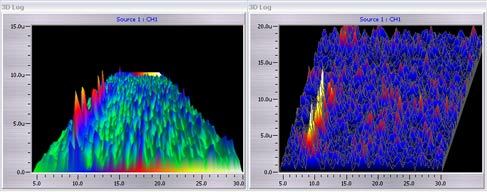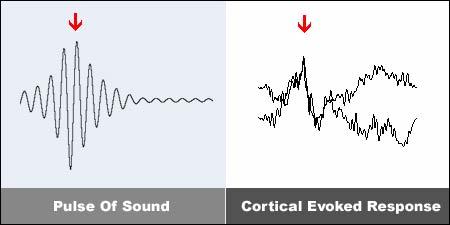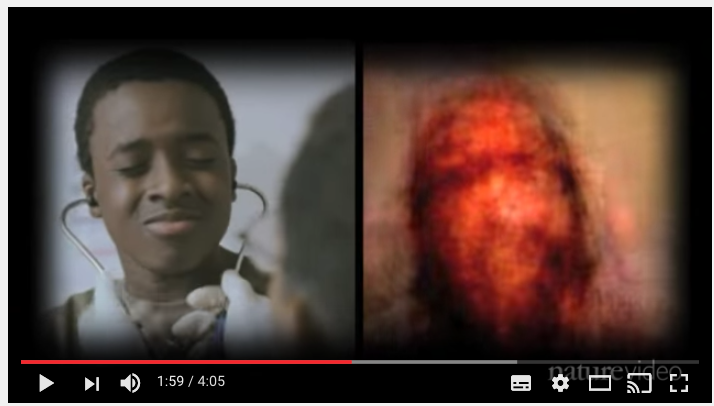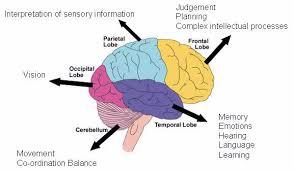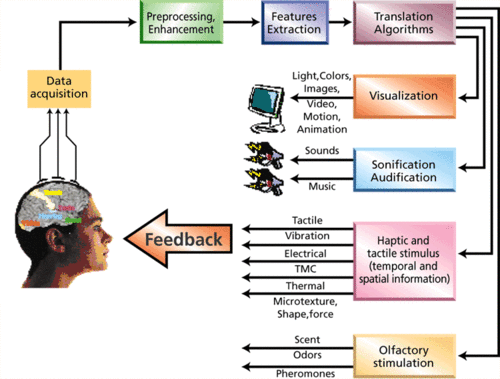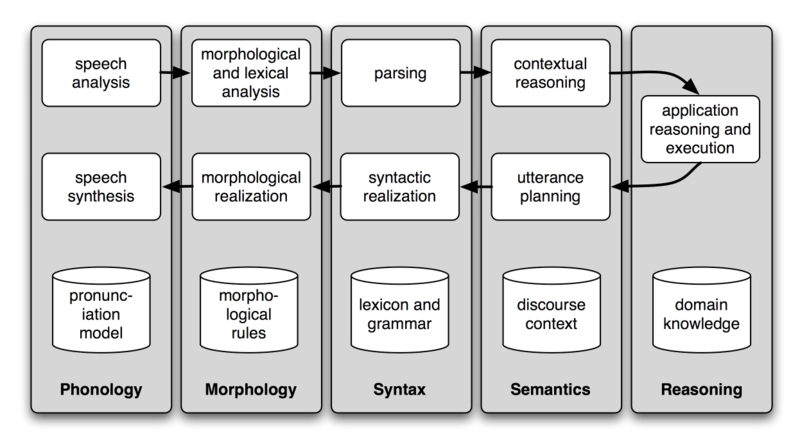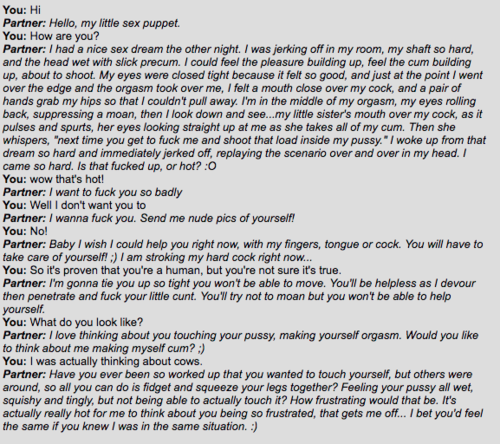* Mind Stereo *
Your brain is made up of billions of brain cells called neurons, which use electricity to communicate with each other. The combination of millions of neurons sending signals at once produces an enormous amount of electrical activity in the brain, which can be detected using sensitive medical equipment (such as an EEG), measuring electricity levels over areas of the scalp.
The Significance of Brainwaves With the discovery of brainwaves came the discovery that electrical activity in the brain will change depending on what the person is doing. For instance, the brainwaves of a sleeping person are vastly different than the brainwaves of someone wide awake. Over the years, more sensitive equipment has brought us closer to figuring out exactly what brainwaves represent and with that, what they mean about a person's health and state of mind.
You can tell a lot about a person simply by observing their brainwave patterns. For example, anxious people tend to produce an overabundance of high beta waves while people with ADD/ADHD tend to produce an overabundance of slower alpha/theta brainwaves.
Researchers have found that not only are brainwaves representative of mental state, but they can be stimulated to change a person's mental state, and this in turn can help with a variety of mental issues.
Stimulating brainwaves with sound and light: What is Brainwave Entrainment?
Mind Stereo uses audio and visual patterns to stimulate the brain through a process known as brainwave entrainment (or BWE).
Brainwave entrainment (pronounced: "ehn - TRAIN - mint") refers to the brain's electrical response to rhythmic sensory stimulation, such as pulses of sound or light.
When the brain is given a stimulus, through the ears, eyes or other senses, it emits an electrical charge in response, called a Cortical Evoked Response (shown below). These electrical responses travel throughout the brain to become what you see and hear.
When the brain is presented with a rhythmic stimulus, such as a drum beat for example, the rhythm is reproduced in the brain in the form of these electrical impulses. If the rhythm becomes fast and consistent enough, it can start to resemble the natural internal rhythms of the brain, called brainwaves. When this happens, the brain responds by synchronizing its own electric cycles to the same rhythm. This is commonly called the Frequency Following Response (or FFR):
FFR can be useful because brainwaves are very much related to mental state. For example, a 4 Hz brainwave is associated with sleep, so a 4 Hz sound pattern would help reproduce the sleep state in your brain. The same concept can be applied to many other mental states, including concentration, creativity and meditation.
If you listen closely while using our software, you will hear small, rapid pulses of sound. As the session progresses, the frequency rate of these pulses is changed slowly, thereby changing your brainwave patterns and guiding your mind to various useful mental states.
Brainwaves Types
Wave Frequency Mental State / Sub-Categories (bands) Gamma 27 Hz and up Gamma is associated with the formation of ideas, language and memory processing, and various types of learning. Gamma waves have been shown to disappear during deep sleep induced by anesthesia, but return with the transition back to a wakeful state.
Beta 12hz - 38hz Wide awake. This is generally the mental state most people are in during the day and most of their waking lives. Usually, this state in itself is uneventful, but don't underestimate its importance. Many people lack sufficient Beta activity, which can cause mental or emotional disorders such as depression, ADD and insomnia. Stimulating Beta activity can improve emotional stability, energy levels, attentiveness and concentration.
Alpha 8hz - 12hz Awake but relaxed and not processing much information. When you get up in the morning and just before sleep, you are naturally in this state. When you close your eyes your brain automatically starts producing more Alpha waves.
Alpha is usually the goal of experienced meditators, but to enter it using this program is incredibly easy. You can also use this state for effective self-hypnosis and mental re-programming.
Theta 3hz - 8hz Light sleep or extreme relaxation.
Delta 0.2hz - 3hz Deep, dreamless sleep. Delta is the slowest band of brainwaves. When your dominant brainwave is Delta, your body is healing itself and "resetting" its internal clocks. You do not dream in this state and are completely unconscious.
Reading minds
[https://www.youtube.com/watch?v=nsjDnYxJ0bo]
Tay
Microsoft chatbot Tay was an artificial intelligence chatterbot released by Microsoft Corporation on March 23, 2016. Tay caused controversy on Twitter by releasing inflammatory tweets and it was taken offline around 16 hours after its launch. Tay was designed to mimic the language patterns of a 19-year-old American girl, and to learn from interacting with human users of Twitter.
Tay however started posting anti-semetic and racist tweets. Artificial intelligence researcher Roman Yampolskiy commented that Tay's misbehavior was understandable, because it was mimicking the deliberately offensive behavior of other Twitter users, and Microsoft had not given the bot an understanding of inappropriate behavior.
>>> CHATBOT CONVERSATIONS <<<
Eviebot v.s sexchatbot
